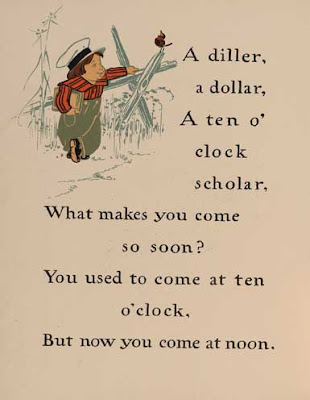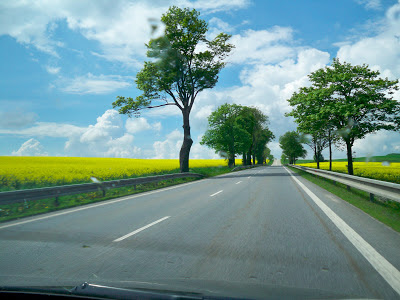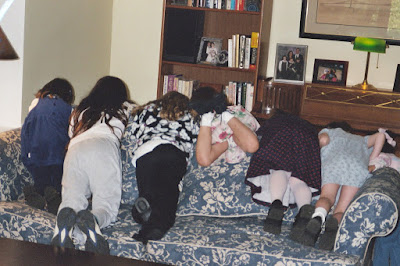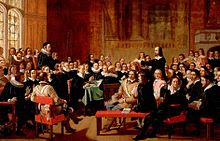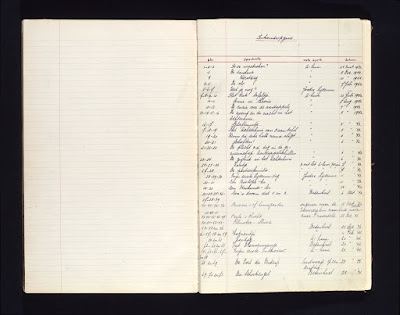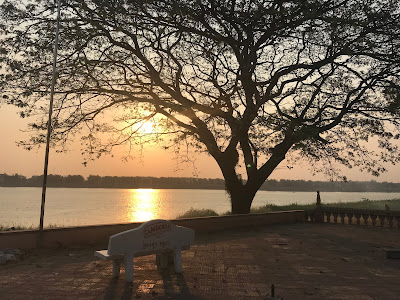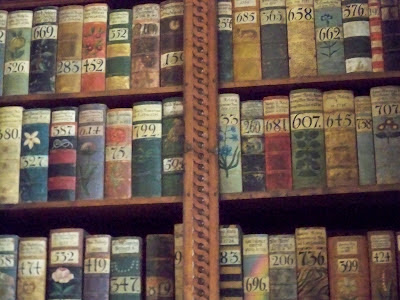The Contemplative Life
Shortly before leaving the house on Saturday, I panicked about what books to bring. I jettisoned the hefty library book, a novel scheduled for September book group. There will be plenty of time for it, and it hadn’t grabbed me yet.
I thought about packing a book I’d already read, a security blanket of sorts. But that seemed too unadventurous.
I ended up with Virgin Time: In Search of the Contemplative Life, by Patricia Hampl. It is part travelogue, part memoir and part spiritual exploration.
The contemplative life is what Hampl is after, but to get to it she takes a walking tour to Assisi, home of St. Francis. The walking feeds the contemplation, and provides authentic moments like the one when a woman in a kerchief runs out to offer the pilgrims two bottles of her homemade wine, a gesture “a million years old, far beyond courtesy, rooted in ancient communion.”
“Walking allowed such timeless moments, making us slow-moving parts of the landscape we passed through. Maybe the world isn’t, at its daily heart, as modern as we tend to think. As we walked, it kept reverting to an ancient, abiding self.”
And it is in that “ancient, abiding self” that Hampl discovers — and perhaps all of us could find — the lives we are looking for.

